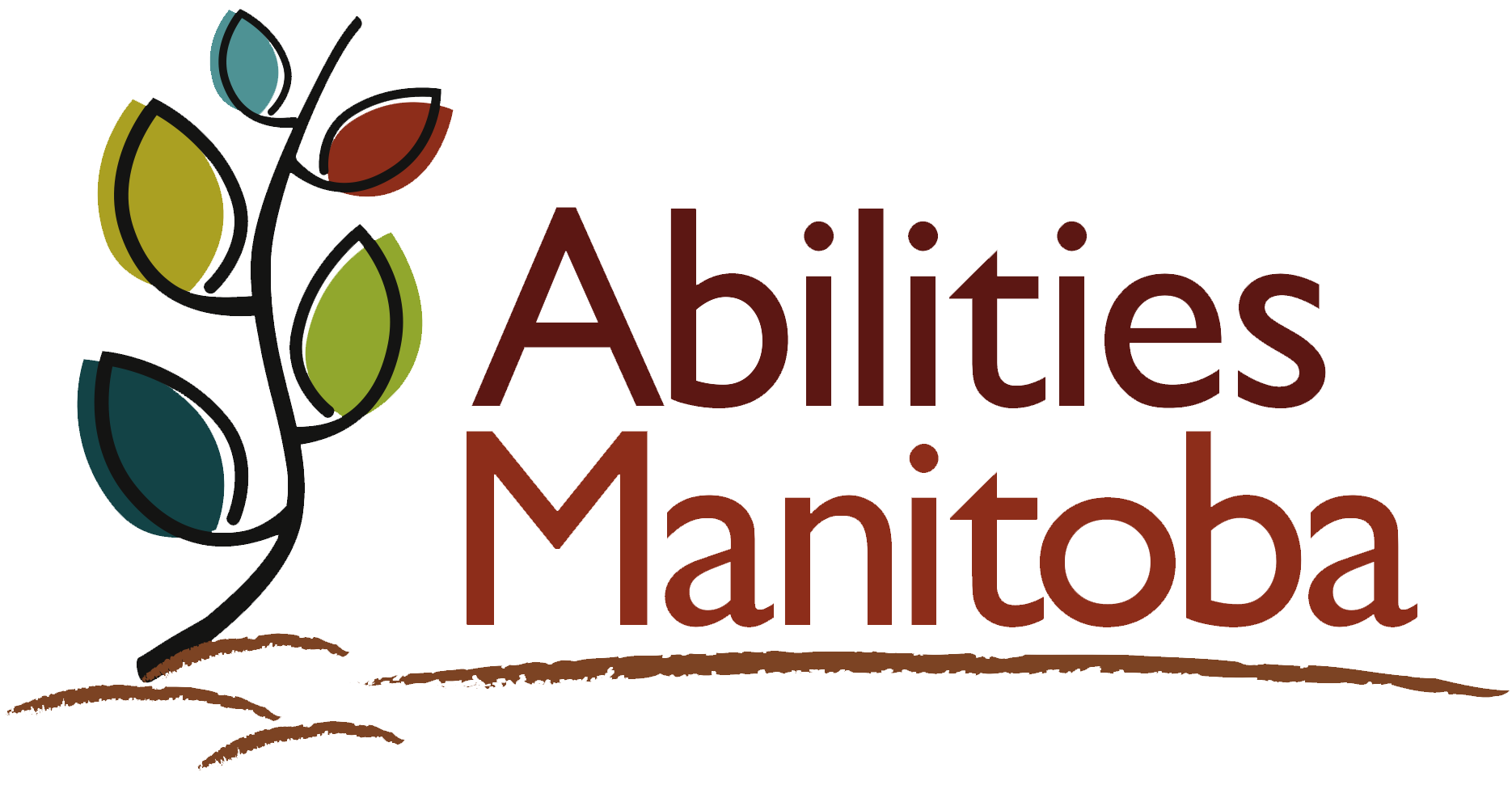Documents authored by Abilities Manitoba are available in alternative formats. For other shared documents and resources, please contact the original author. If you require any assistance please contact us and we will do our best to accommodate you.
You can contact us at admin@abilitiesmanitoba.org or 431-688-6108.
Leading Practice Guidelines
Family Centred Supports
Type: Connection
Guideline: The organization, guided by the person served, views the person’s family as a vital part of the person’s support team and interacts with family members in ways that support family unity, acknowledges the families expertise and importance and builds the capacity of the family to nurture, love and support the person served.
What does this look like?
The organization demonstrates a commitment to supporting families, as guided by the person served, as part of the support team. This commitment could be formally established in a statement of commitment or philosophy and shared with people receiving services and their family members at the beginning of services. This commitment, whether formally documented or embedded in practice includes these elements:
- Families are welcomed, listened to and kept informed. Notwithstanding this commitment, at times, the person served may choose to limit contact or request information not be shared with their family. These requests would be honoured.
- Families are involved in planning for the future as guided by the person.
- Recognizing that people served exist within the context of a family, support acknowledges family values, goals and dynamics.
- Where appropriate, information on accessing helpful resources is provided to the family to support family functioning.
- Families are aware of how to address concerns and what is expected from them when raising issues.
- The organization is committed to a partnership with the family that is built on mutual respect and is characterized by open, honest, and respectful two-way communication.
The organization works with the person to establish an optimal level of family involvement. Each person defines family differently, whether it be biological family, legal guardians, foster or adoptive families, extended family members, significant others, peers or other close friends. Organizations should work with the person to understand their definition of family in order for them to develop and sustain healthy, long term relationships.
The organization helps people maintain family contacts and continue relationships with parents, siblings, extended family members, and other family-like supports through regular contact and shared activities. This contact may not be pursued if it is unhealthy or unsafe or not desired by the person. This contact can be facilitated by:
- Supporting and facilitating regular communication with family members. Wherein person contact is not possible, telephone, web-based or electronic communication can be a good alternative.
- Assisting the person to acknowledge special days or milestones for family members (i.e. birthdays, anniversaries)
- Understanding that separation from family or significant others can be difficult and support the person to grieve the loss of family connection
- Support the person to acknowledge and participate in events related to a family member’s death
- Where families do not live close to the person, the organization assists the family with travel arrangements and/or supporting the person to travel to visit should they wish and are able to.
Where people have difficulties in communicating their wishes or making informed decisions, there is an obligation for organizations to work in close collaboration with the person’s family and/or support network who can assist to ascertain the person’s wishes and facilitate them in achieving the desired outcome.
The organization clearly outlines the extent to and any limitations there may be in the information and communication they may expect about their family member in advance of service beginning. This ensures that families are fully aware of what to expect and where they may not receive information.
Staff are trained and oriented to the expectations and values of the organization related to family involvement. Staff receive information and support on how to respond to concerns promptly and respectfully.
How would you know this is happening? (Evidence)
What you see in systems:
- There is a formal, written statement of commitment or philosophy outlining how families are viewed, supported and involved within the organization.
- Information is available and shared prior to service for families on how they can expect to be involved and informed.
What you see in actions:
- Staff are aware of and committed to the value of family, recognize their expertise, importance and behaviour in accordance with that commitment.
- Families feel welcomed, listened to and informed.
- People feel supported to maintain healthy, ongoing relationships with their family if they choose.
Resources to support achieving guideline:
- Sample Family-Centred Practice Statement of Commitment – [To be added soon]
- Parent-Professional Relationships Sample Statement - Plumtree House, Australia
